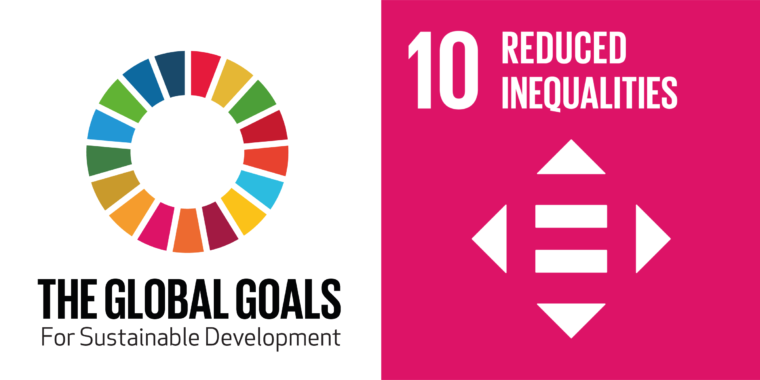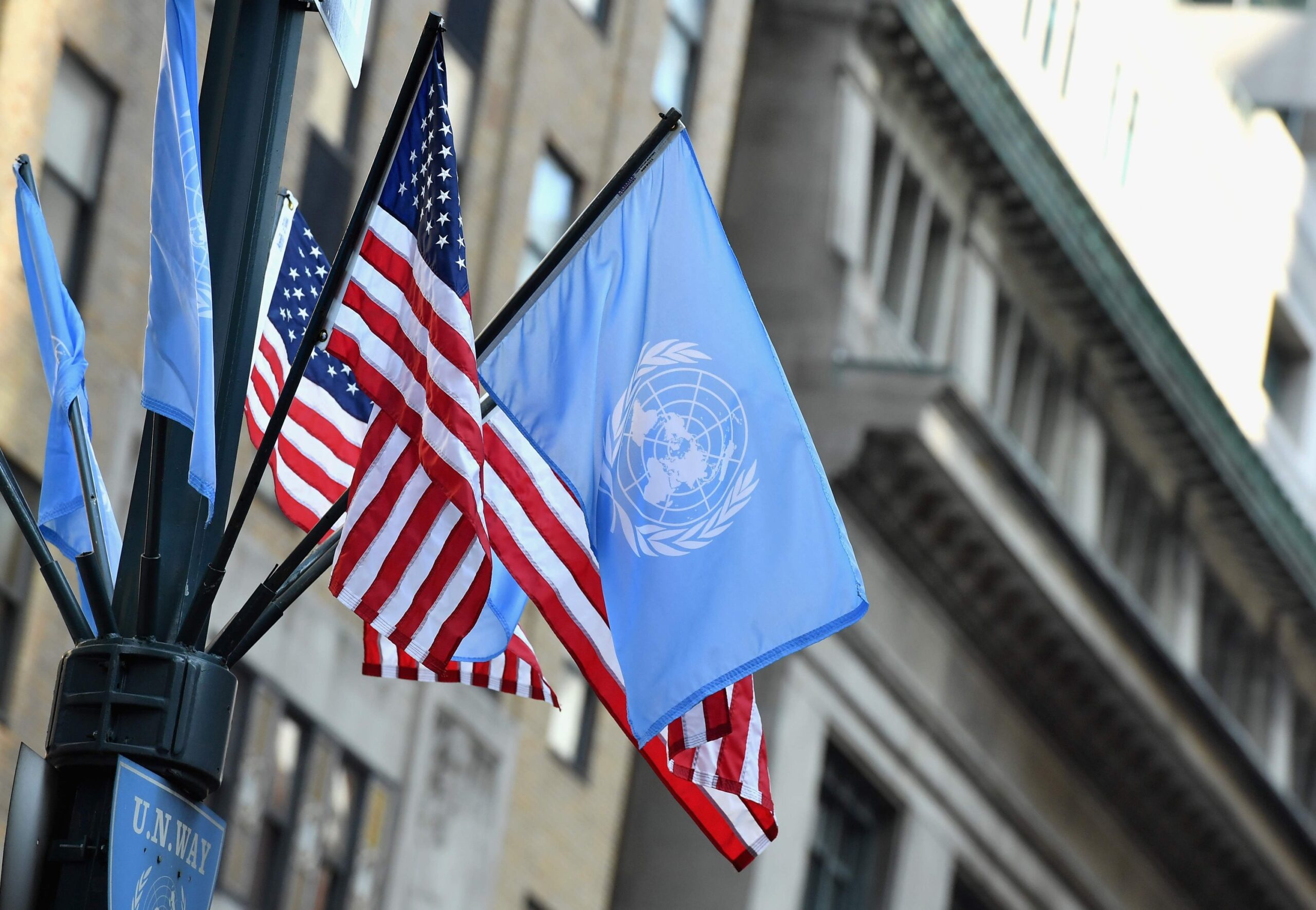Ending AAPI Hate: Reflections for Lunar New Year
On February 1, 2022, over one billion people across the globe celebrated Lunar New Year. Yet, as millions of Asian Americans and Pacific Islanders (AAPIs) in the United States gathered to observe the Year of the Tiger, the skyrocketing hate crime rates against AAPIs created an air of unease as the backdrop of one of the most important holidays in Asia. Our nation’s ongoing battle to redress centuries of injustice tells a larger story about why Generation Z must mobilize around Sustainable Development Goal (SDG) 10, Reduced Inequalities, to fight against racism and xenophobia on all fronts.
In the wake of the global pandemic, anti-Asian hate crimes have soared at alarming rates, surging by 127% in 2020 and 339% in 2021. Yet, to many in the AAPI community, these numbers feel far from new. Particularly in the United States, Asian Americans have faced outward discrimination and hate as early as the 1800s. On the west coast, a mob of over five hundred people brutally murdered and mutilated Chinese immigrants in Los Angeles during the Chinese massacre of 1871. Just years later, in the San Francisco Bay area, white residents burned down Chinatown in 1876 in an act of racial prejudice, an atrocity that the city took 145 years to apologize for. Rising tensions and intolerance led to the national codification of anti-Asian sentiment into our nation’s laws via the Immigration Act of 1882–colloquially known as the Chinese Exclusion Act–America’s first major federal law that outlawed immigration from a particular nationality. In subsequent years, as the U.S. earned the reputation of embracing immigrants in pursuit of a better life, a bronze statue on Bedloe’s Island spoke a silent message to all who wished to enter: “Give me your tired, your poor”–unless you were of Asian descent.
Hate crimes against the AAPI community have often been overlooked and erased from history. To this day, I continue to learn of the atrocities that happened to my community long ago that have rarely ever come to light. Many choose to believe that hatred and violence against AAPIs have been isolated cases, yet this misconception is far from the truth. Growing up as a first-generation American in the Southeastern United States, I myself have seen how the specters of centuries of discrimination can cultivate a cycle of hatred and oppression against vulnerable populations. In elementary school, students mocked my family’s language, mimicked my eye shape, and screamed racial slurs on the playground. In grocery stores, clerks would squint their eyes and imitated my parents’ accents. Many have dismissed my accomplishments, drive, and work ethic as a consequence of my identity–regarding each as a byproduct of “being Asian.” In the very nation I call home, my allegiance and country of origin are constantly questioned because I belong to a community of “forever foreigners,” where, regardless of what we do or how many generations our families have been here, some will always view us as “not American enough.”
For many grassroots AAPI advocates, the “model minority” myth has exacerbated our plight; many have weaponized the derogatory stereotype to gaslight AAPIs who have shared their struggles and to drive a wedge between AAPIs and other underrepresented communities. Yet, our world can only move forward for SDG 10 if we come together to fight against injustice. During my term as the Youth Observer, I have dedicated much of my work to building partnerships with organizations and communities across the board–to empower others who have had similar experiences and uplift the next generation. I have had the opportunity to listen to the stories of young AAPIs in the United States who have personally been affected by anti-Asian sentiment and actively fought to stop AAPI hate. I have spearheaded domestic initiatives to empower other AAPIs and founded a Diversity Bloc in the UN Youth Delegate Programme to advocate for the representation and interests of those in underrepresented communities, including people of Asian descent. However, taking the first step in the journey of a thousand miles has only brought us a mile closer; our nation and our world still require years of action to rectify over two hundred years of xenophobia. It is a journey that requires all generations to reach the final mile.
During Lunar New Year, many AAPIs fought against the rising anti-Asian sentiment by spreading joy throughout their communities, a tactic that Amanda Nguyễn, founder of Rise, described as “the most radical form of rebellion.” Conquering the paradigm of systemic oppression and racism in the long run will necessitate collective allyship and action at grassroots, national, and international levels. As we strive to build back better at home and abroad, U.S. youth can start by building back better in their communities with a particular focus on SDG 10. In solidarity with others, a more inclusive future begins with us.




